What is Green Ship Recycling?
With the rise in awareness towards maritime environment, the major changes in the process of ship breaking,has given rise to a new term – green ship recycling.
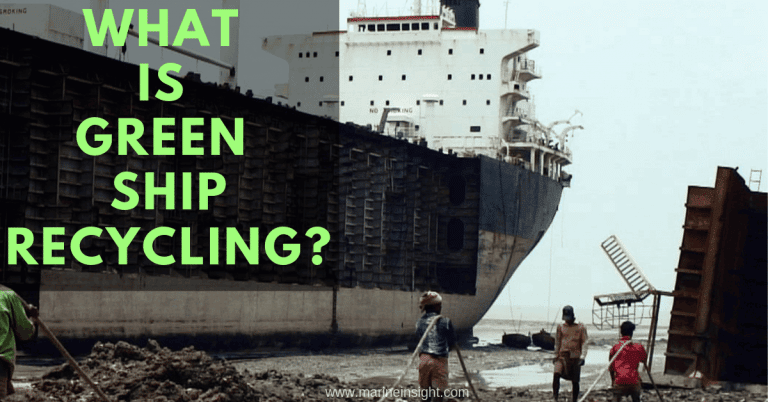
With the rise in awareness towards maritime environment, the major changes in the process of ship breaking,has given rise to a new term – green ship recycling.
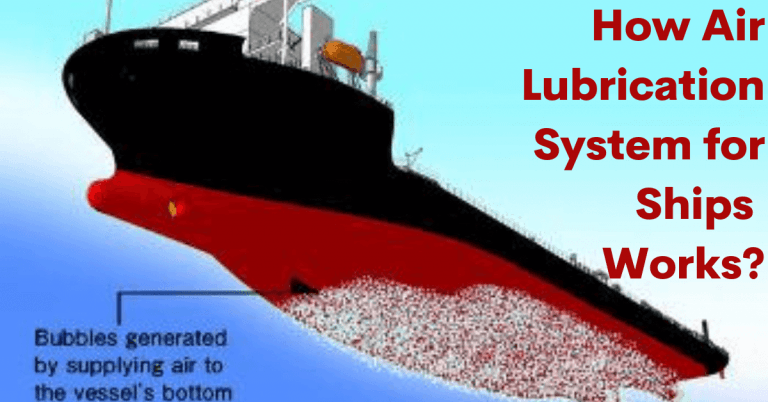
Air lubrication system for ships is an innovative technology to reduce the resistance between the ship’s hull and seawater, thereby increasing ship efficiency and fuel savings.
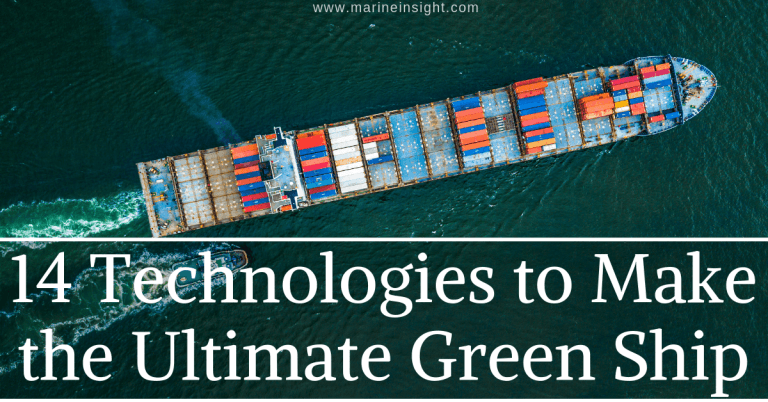
The shipping industry has come a long way as far as advancement in technologies to build greener ships is concerned. We bring to you thirteen technologies that can help to build a greener and eco-friendly ship.

Among the various emission control applications used in the shipping industry, Selective Catalytic Reduction (SCR) System comes out to be the most efficient in effectively reducing ship’s NOx emission by 90-95%. Find out more about SCR systems inside the article.
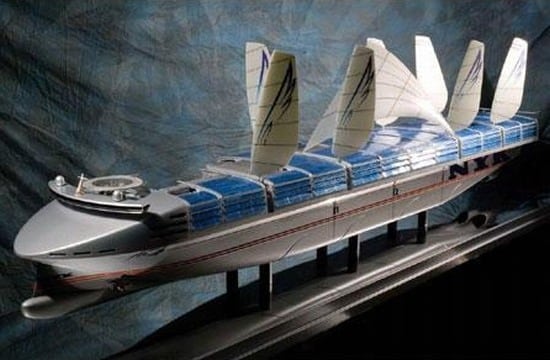
Shipping companies across the world are trying to come up with innovative engineering ideas and green technologies to tackle the stringent regulations about fuel emissions from vessels. A few of them are developing zero emission ships which would utilize a variety of green energy sources for propulsion. Learn about five such zero emission ship concepts.
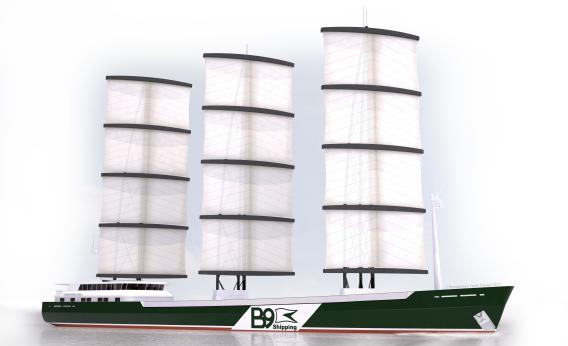
Wind energy is one of the most promising renewable sources of energy for ship propulsion. A variety of technologies have been developed to harness wind power which would help reduce fuel consumption and carbon emissions from ships. Learn about seven of the best shipping concepts and technologies utilizing wind energy.
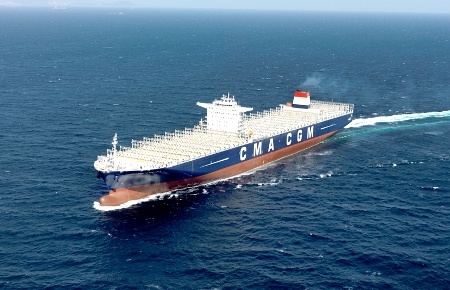
It is now important for almost all ships to comply with the Ship Energy Efficiency Management Plan. Mentioned herein are ten practical points which can help in enhancing the efficiency of the ship while reducing GHG emissions.
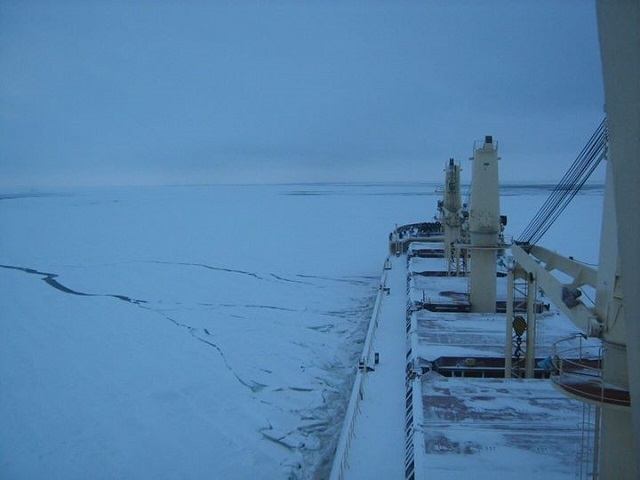
Not so long ago, explorers risked their lives and the lives of their crews in search of the fabled Northwest Passage. Now the question is no longer if a route through the Arctic exists but how many ships will use the two routes now open each year along the northern coasts of Canada and Russia.
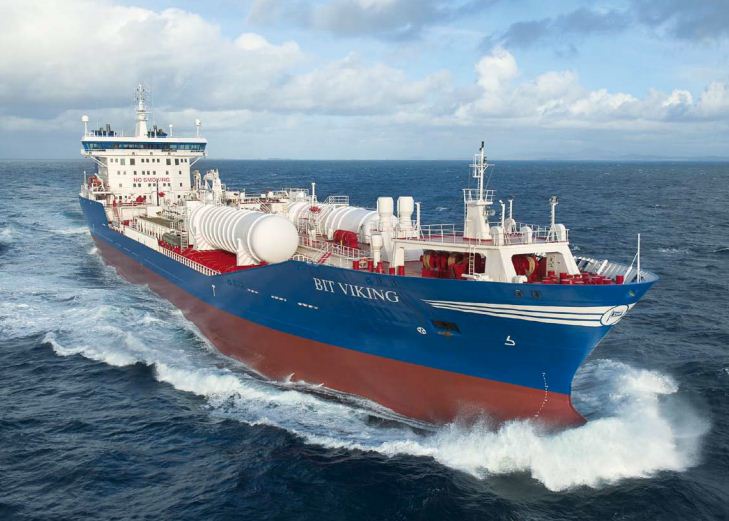
Driven by tougher international and environmental standards, (Liquified Natural Gas) LNG is being termed as the fuel of the future. Accordig to experts, large scale shipping is believed to be sourced by LNG in the near future. Will LNG shipping change the course of industry in the future?
"*" indicates required fields